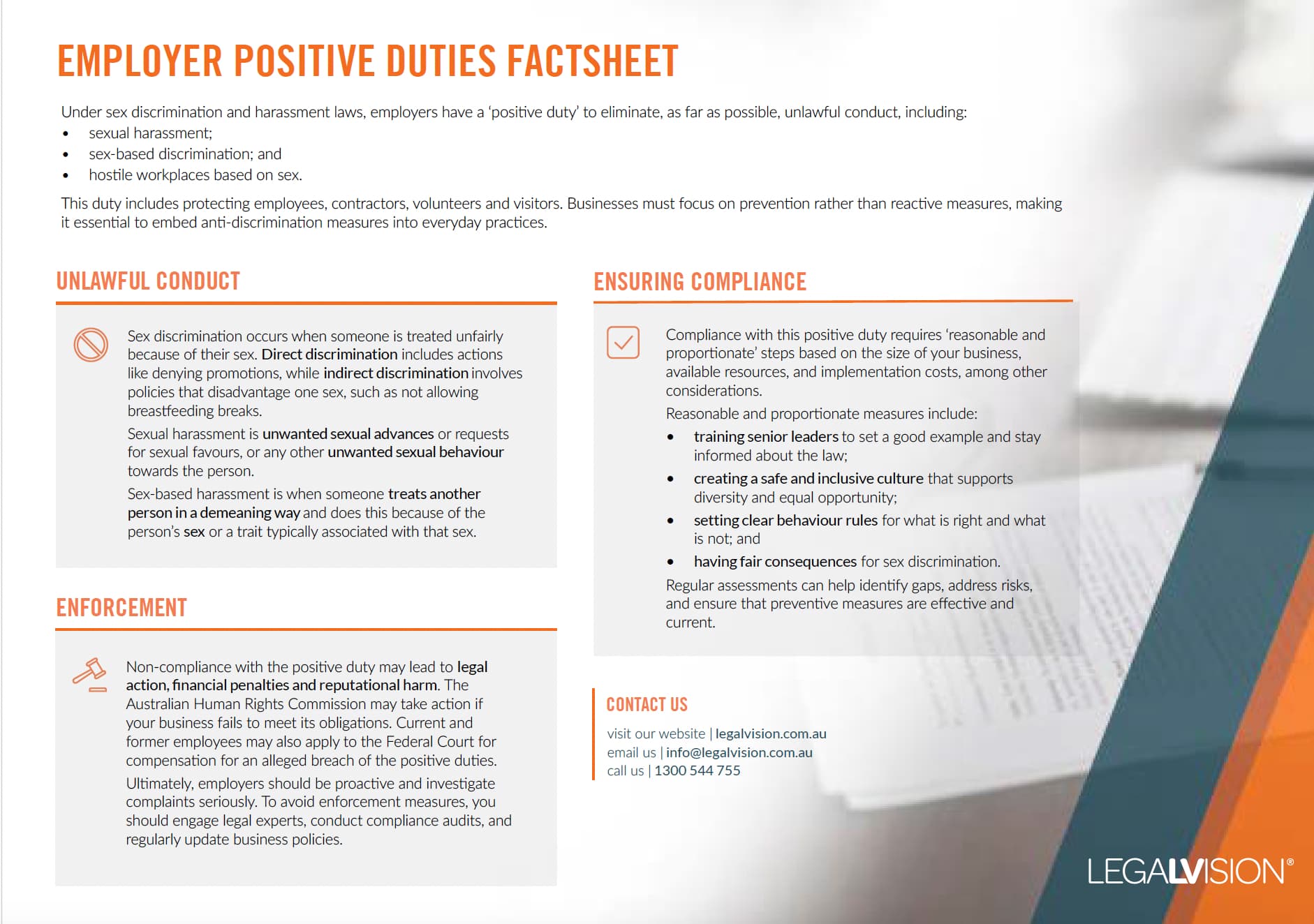As an employer, dealing with employees who take frequent personal leave can be a challenge, particularly if it impacts business operations. One option that may come to mind is converting the employee from full-time to part-time status to reduce their hours and theoretically limit their need for personal leave. However, this approach is not without legal risks and should be carefully considered. This article outlines situations where you can reduce an employee’s hours to help limit their need for time off from work.
Understanding the Complexities
Before considering any changes to an employee’s status, it is crucial to understand the full scope of the situation. Understanding why an employee is frequently taking personal leave may assist in resolving the issue. Such factors you may need to consider include:
- Health Concerns: There may be health concerns that the employee is dealing with that require medical attention or recovery time.
- Work-Life Balance: The employee may have carer responsibilities that may impact their ability to perform full-time hours.
- Workplace Stress: High stress levels or burnout could contribute to the increased use of personal leave. If an employee is experiencing workplace stress, you should take all reasonable steps to minimise the risk and remain compliant with your WHS obligations.
By identifying the issue, you can explore appropriate solutions that address the needs of both your employees and the business.
Personal Leave Under the Fair Work Act
The Fair Work Act 2009 (Cth) provides specific entitlements for employees in relation to personal/carer’s leave, and protects their use of this entitlement. Under the National Employment Standards, all full-time employees are entitled to 10 days of paid personal/carer’s leave per year, which accumulates from year to year.
You cannot take adverse action against employees for exercising their right to take personal/carer’s leave (among other prohibited reasons).
Adverse action includes:
- dismissing an employee;
- altering their position to their disadvantage; or
- discriminating against them.
What Can You Do?
If an employee’s excessive personal leave is causing operational issues, the recommended approach is to have open and transparent discussions with the employee. This could involve:
- exploring flexible working arrangements;
- implementing a return-to-work plan;
- offering support to the employee; or
- seeking medical evidence from the employee to support and confirm the basis for the leave.
If an employee does not provide sufficient information regarding their absence, you may be able to direct them to attend an independent medical examination to assess their fitness for work. Employers should generally cover the costs associated with an examination and must carefully handle the employee’s medical information. Termination of employment may be an option, but only in accordance with the Fair Work Act.

This fact sheet outlines employers’ ‘positive duty’ under sex discrimination laws, highlighting proactive measures to prevent unlawful conduct.
Can You Terminate Their Employment?
An employee is not protected from being dismissed for an absence from work if:
- are absent for more than 3 consecutive months or for more than 3 months in total over the last 12 months; and
- have already used up all of their paid personal/carer’s leave.
However, if an employee uses their paid sick leave throughout their absence, they cannot be dismissed because of their absence, regardless of the duration of their leave.
A temporary absence for illness or injury is defined in the Fair Work Regulations. A prescribed kind of illness or injury will exist if the employee provides a medical certificate for the illness or injury or a statutory declaration. Noting the above, while the protected period for a temporary illness or injury may lapse, the employee will still have protections at law against dismissal based on a disability within discrimination laws. Further protections will be provided to employees if they are on workers’ compensation.
Changing an Employment Agreement
In most cases, you cannot unilaterally change an employee’s working hours or status from full-time to part-time without their agreement. Any variation to the terms and conditions of employment typically requires consultation and mutual consent from both parties.
There are very limited exceptions where an employer may be able to make reasonable changes without agreement, including:
- if this is specifically allowed under their employment contract; or
- due to a legitimate operational reason, such as restructuring.
Attempting to unilaterally change contract terms runs the risk of claims of breach of contract, unfair dismissal if the employee resigns or potential discrimination/adverse action claims.
General Protections Claims
Under the Fair Work Act, employees have workplace rights, including the right to take paid personal/carer’s leave in accordance with the National Employment Standards. You must not take adverse action against an employee for exercising or proposing to exercise this workplace right.
If you take adverse action, such as dismissing, demoting or changing an employee’s duties because they took or tried to take personal/carer’s leave, the employee could make a general protections claim.
Compensation for a successful claim can include:
- penalties against the employer;
- reinstatement; and
- uncapped compensation for economic and non-economic loss.
As an employer, you should be very cautious about taking any action that classifies as adverse due to an employee accessing their lawful leave entitlements.
Key Takeaways
In summary, while managing frequent personal leave can be challenging, converting a full-time employee to part-time status without their agreement as a way to limit their leave entitlements is generally not advisable and could expose the employer to potential claims of adverse action or unfair dismissal.
If you are considering changing an employee’s arrangement from full-time to part-time, there are a few things to keep in mind, including (without limitation):
- if there is a return-to-work plan that might be applicable;
- if you are able to make any reasonable adjustments that would benefit the employee; and
- protections that employees have under the Fair Work Act to be temporarily absent from work due to a prescribed illness or injury.
Employers should seek professional advice and carefully consider all options before changing an employee’s working arrangements.
If you have any questions regarding changing an employee’s status from full-time to part-time, our experienced employment lawyers can assist as part of our LegalVision membership. For a low monthly fee, you will have unlimited access to lawyers to answer your questions and draft and review your documents. Call us today on 1300 544 755 or visit our membership page.
Frequently Asked Questions
You cannot dismiss an employee simply for taking personal leave, especially if they are using their leave entitlements. However, if the employee has been absent for more than three months over the past year and has exhausted their paid personal leave, you may dismiss them under specific circumstances.
Employers can manage the impact by fostering a supportive work environment, offering flexible work arrangements and implementing a return-to-work plan tailored to the employee’s needs. This helps balance the employee’s health and wellbeing with business continuity. Clear communication and proactive planning are key.
We appreciate your feedback – your submission has been successfully received.











